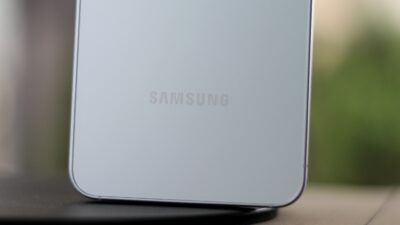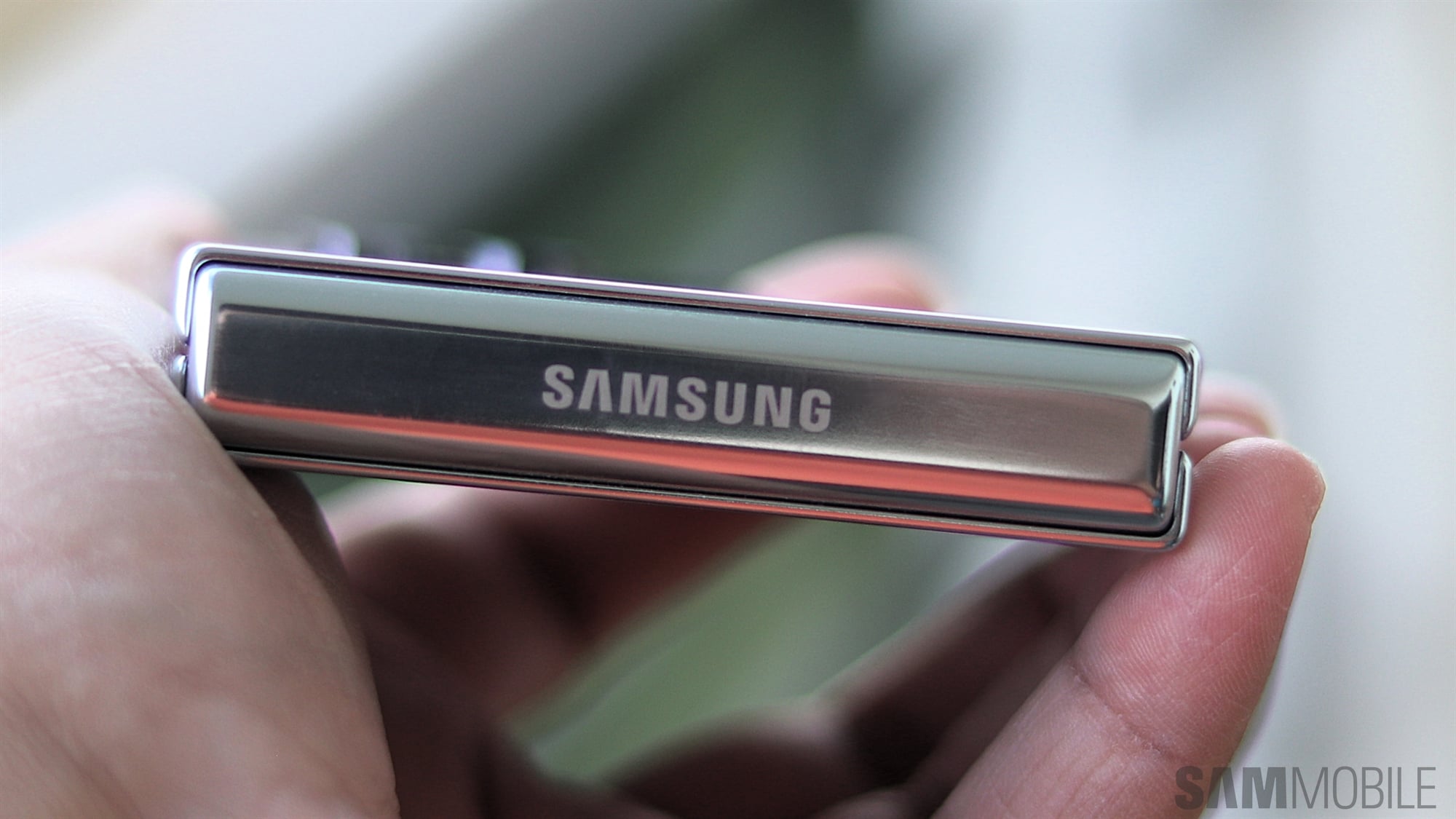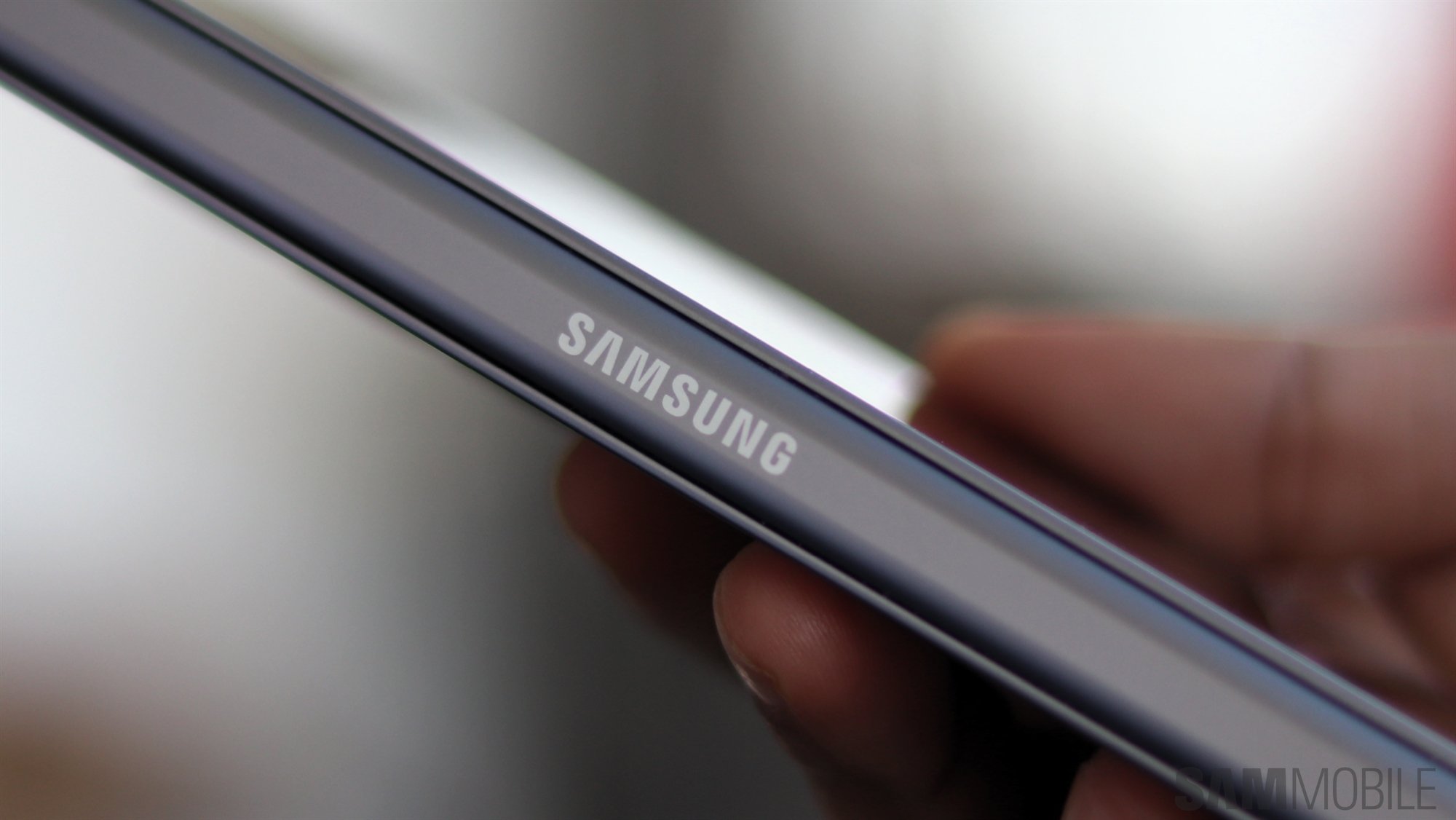
The South Korean won has been under pressure against the US dollar for much of the year. Various factors have influenced the currency's decline against the greenback. It faces another challenge which may lead to further pressure, one that's presented by Samsung.
Korean won will likely face downward pressure due to dividend payment
Samsung Electronics is due to begin distributing a significant dividend payment this week. The 2.5 trillion won or $1.8 billion dividend payment could put the currency under further pressure, given the nature of shareholding in Samsung Electronics.
Nearly 52% of ordinary shares in the country's biggest company are held by overseas investors. This means that over half of the $1.8 billion in dividends will be paid to investors who are outside South Korea.
The dividend payments will require won to be sold against purchases of the US dollar, driving prices of the greenback and pushing the won down further. This dividend payment comes during a period of considerable pressure on the won, largely due to rising US yields, consistent outflows from the country's stock market, and the threat of tariffs from the incoming Trump administration.
The South Korean won has already hit its two-year low of 1,410.70 against the dollar last week and such a significant outflow of dollars may push it down even more. Samsung has enhanced its dividend payments in recent years and increased stock buybacks to enhance shareholder value as investors have continued to call on the company to take steps for better valuations.


















